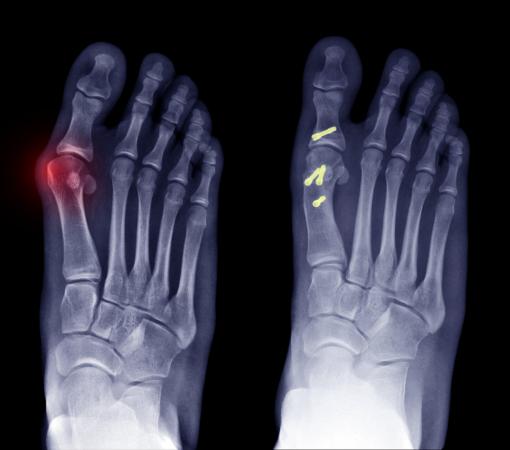Spine Surgeon
Deformity correction surgery in Mumbai
Deformity correction
Deformity correction surgery in Mumbai refers to an irregular bending or rotation of the spine, either in one direction or multiple directions. Ordinarily, the spine presents two gentle curves when viewed sideways and appears straight when observed from the front. However, when these natural curves become exaggerated, they result in spinal deformities that may require surgical correction. These deformities can stem from a range of conditions, such as kyphosis, scoliosis, lordosis, or fractures.
What types of spinal deformities?
- Kyphosis: Characterized by an excessive outward curvature of the spine, resulting in a rounded upper back or “hunchback” appearance.
- Scoliosis: Involving an abnormal sideways curvature of the spine, causing it to curve to the left or right, resembling an “S” or “C” shape when viewed from behind.
- Lordosis: Marked by an exaggerated inward curvature of the spine in the lower back, leading to a swayback posture.
- Fractures: Certain types of spinal fractures can cause deformities, altering the natural alignment of the spine.
What are the criteria for considering spinal deformity correction procedures?
- Severity of symptoms: Procedures are often recommended for spinal deformities causing significant symptoms or functional limitations.
- Degree of curvature: Curvatures exceeding specific angles, such as kyphosis of 70 degrees or more and scoliosis of 45 degrees or more, may warrant surgical intervention.
- Nerve compression: Deformities leading to compression of the spinal cord or nerve roots may necessitate surgery to relieve pressure and prevent neurological complications.
- Fractures: Procedures may be indicated for deformities resulting from fractures, especially those caused by conditions like osteoporosis.
- Progression of deformity: Highly progressive deformities or those worsening despite conservative treatments may require surgical correction to prevent further complications.
What are the types of procedures in deformity correction surgery?
Anterior approach: Surgeons opt for an incision in the chest wall to directly access the front of the spine. This approach allows for direct visualization and manipulation of the affected area from the front, facilitating correction and stabilization of spinal deformities.
Posterior approach: In this method, surgeons make incisions in the middle of the back to access the spinal column. This approach provides direct access to the back of the spine, allowing for correction and stabilization of deformities affecting this region.
Anterior and posterior approach: Sometimes, surgeons combine both anterior and posterior approaches to access the spinal column fully. This comprehensive approach enables them to address complex spinal deformities from multiple angles, enhancing the effectiveness of corrective procedures.
Video-assisted thoracoscopic surgery (VATS): VATS is a minimally invasive technique that utilizes small incisions in the chest, along with a camera inserted through a tube, to access the spine. This approach offers enhanced visualization of the surgical site while minimizing tissue damage and postoperative discomfort, leading to quicker recovery times for patients.
Each surgical procedure comprises two primary phases: rectifying the deformity and stabilizing the spine post-correction. Administered under general anesthesia, the surgery entails the removal of requisite bone segments, succeeded by spinopelvic fixation. This process involves the application of screws, rods, plates, cages, and similar instruments to maintain the spine in its correct alignment during the healing process. Furthermore, bone grafts may be employed to foster bone fusion, thereby enhancing stability.
What are the benefits of deformity correction surgery?
- Comprehensive Treatment: Corrects deformity and stabilizes spine.
- Enhanced Alignment: Improves spinal alignment.
- Stability Promotion: Facilitates bone fusion for long-term stability.
- Customization: Tailored to individual needs for optimal outcomes.
- Minimized Discomfort: Reduces postoperative pain and discomfort.
Book your appointment at Synapse Spine Mumbai to explore Deformity correction surgery in Mumbai techniques for deformity correction and achieve optimal spinal alignment. Benefit from our experienced specialists who are dedicated to providing personalized care and innovative solutions tailored to your specific needs.

